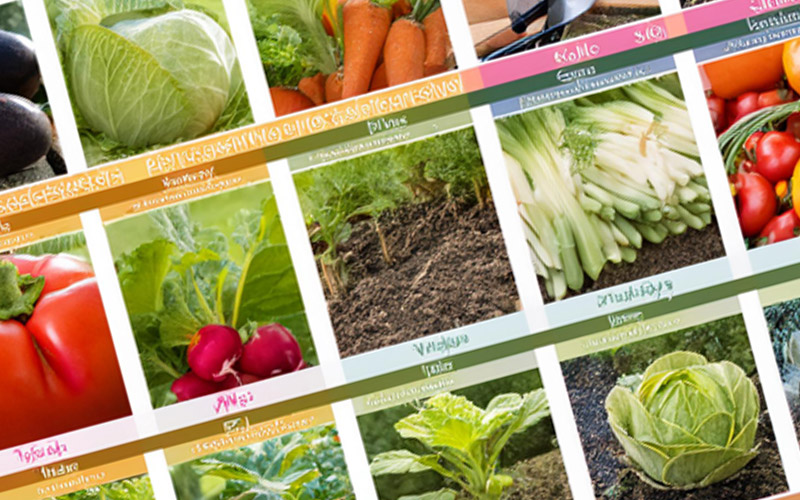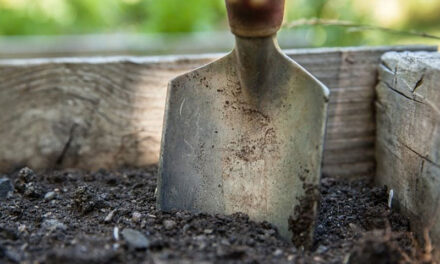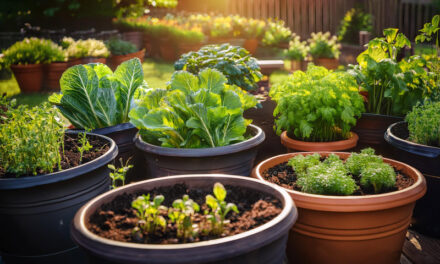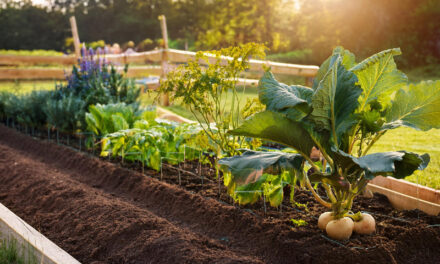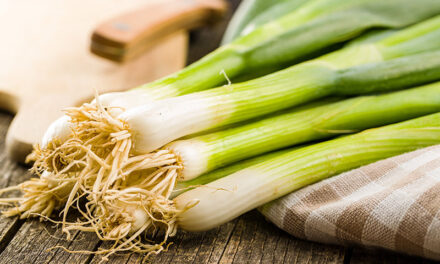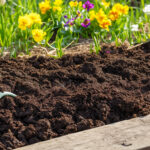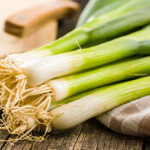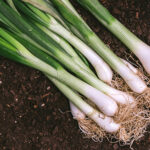Embarking on a vegetable gardening journey in the UK? Timing is everything. This comprehensive month-by-month vegetable growing calendar will help you plan your sowing, planting, and harvesting activities to ensure a bountiful year-round harvest.
Why a vegetable growing calendar is essential
A vegetable growing calendar helps you grow vegetables successfully all year round. By knowing when to sow, plant, and harvest different crops, you can garden more efficiently and make the most of the UK climate. Using a growing calendar prevents wasted seeds, helps you plan successive harvests, and ensures your garden always has something to offer—whether it’s fresh spring greens or hardy winter crops.
January
- Sow Indoors: Begin chitting early potatoes by placing them in a cool, light area to encourage sprouting.
February
- Sow Indoors: Start seeds for tomatoes, peppers, and aubergines in a heated propagator or on a sunny windowsill.
- Sow Outdoors: If the weather is mild, sow broad beans and early peas directly into the ground.
March
- Sow Indoors: Continue sowing seeds for tomatoes, peppers, and aubergines.
- Sow Outdoors: Direct sow hardy vegetables such as carrots, parsnips, beetroot, onions, lettuces, radish, peas, spinach, summer cabbage, salad leaves, leeks, Swiss chard, kohl rabi, turnip, and summer cauliflower.
April
- Sow Indoors: Start seeds for cucumbers, courgettes, and pumpkins.
- Sow Outdoors: Direct sow beetroot, carrots, chard, lettuce, radish, and spinach.
- Plant Out: Transplant hardened-off seedlings of broad beans and peas.
May
- Sow Outdoors: Sow beans, sweet corn, and outdoor cucumbers.
- Plant Out: Transplant tomatoes, peppers, and aubergines into their final outdoor positions after the last frost.
June
- Sow Outdoors: Sow succession crops of lettuce, radish, and spinach.
- Plant Out: Transplant seedlings of brassicas like cabbage, cauliflower, and Brussels sprouts for autumn and winter harvesting.
July
- Sow Outdoors: Sow late crops of carrots, beetroot, and turnips.
- Plant Out: Transplant leeks and winter brassicas.
August
- Sow Outdoors: Sow winter lettuce, spinach, and oriental greens for autumn harvesting.
- Plant Out: Transplant seedlings of spring cabbages.
September
- Sow Outdoors: Sow hardy varieties of broad beans and peas for overwintering.
- Plant Out: Set out onion sets and garlic cloves for harvesting the following summer.
October
- Sow Indoors: Start herbs like basil and coriander on a sunny windowsill.
- Plant Out: Plant spring cabbages and overwintering onion sets.
November
- Sow Indoors: Sow microgreens and salad leaves for indoor harvesting.
- Plant Out: Plant garlic cloves if not already done in September.
December
- Sow Indoors: Focus on indoor crops like herbs and microgreens.
- Harvest: Continue harvesting winter vegetables such as Brussels sprouts, leeks, and parsnips.
Tips for success
- Soil Preparation: Ensure your soil is well-drained and enriched with organic matter to provide nutrients throughout the growing season.
- Succession Planting: Stagger sowing times for crops like lettuce and radish to enjoy a continuous harvest.
- Pest Management: Use netting to protect crops from pests and encourage beneficial insects by planting companion flowers.
Frequently asked questions about vegetable growing calendars
What is a vegetable growing calendar?
A vegetable growing calendar is a month-by-month guide that helps gardeners know when to sow, plant, and harvest different crops based on seasonal conditions. It ensures that vegetables are grown at the right time for optimal growth and yields.
Why should I use a vegetable growing calendar?
Using a growing calendar helps you stay organized, avoid missing key planting times, and maximize your harvest. It also allows you to plan for continuous cropping and make the most of your garden space throughout the year.
Can I use the same growing calendar every year?
Yes, but it’s important to consider variations in weather conditions and adjust your planting schedule accordingly. A growing calendar serves as a general guide, but factors like frost dates and climate changes should also be taken into account.
What vegetables can I grow year-round in the UK?
Hardy vegetables such as kale, spinach, leeks, and Brussels sprouts can be grown in the colder months, while crops like tomatoes, courgettes, and peppers thrive in warmer seasons. Using a greenhouse or cold frame can also extend your growing season.
When should I start sowing seeds indoors?
In the UK, many seeds such as tomatoes, peppers, and aubergines should be started indoors from late winter to early spring (January to March), depending on the crop and local frost dates.
How do I know when to transplant seedlings outdoors?
Seedlings should be hardened off for about a week before transplanting, and moved outdoors once the risk of frost has passed—usually around late spring (April to May) in most parts of the UK.
What should I sow in March in the UK?
March is a great time to sow hardy crops such as carrots, parsnips, spinach, peas, onions, and lettuce outdoors. Indoors, you can continue sowing tomatoes, peppers, and brassicas.
How do I adjust my growing calendar for a small garden or containers?
For small spaces, focus on compact or fast-growing varieties and use succession planting to make the most of your space. Many leafy greens, herbs, and root vegetables thrive in containers.
Do I need to follow my growing calendar exactly?
No, a growing calendar is a helpful guide, but flexibility is key. Local weather conditions, soil type, and unexpected frost can affect planting times, so be prepared to adapt your schedule.
Where can I find a reliable UK-specific vegetable growing calendar?
You can find UK-specific growing calendars online from trusted gardening websites, government agricultural departments, and gardening books tailored to the UK climate.

